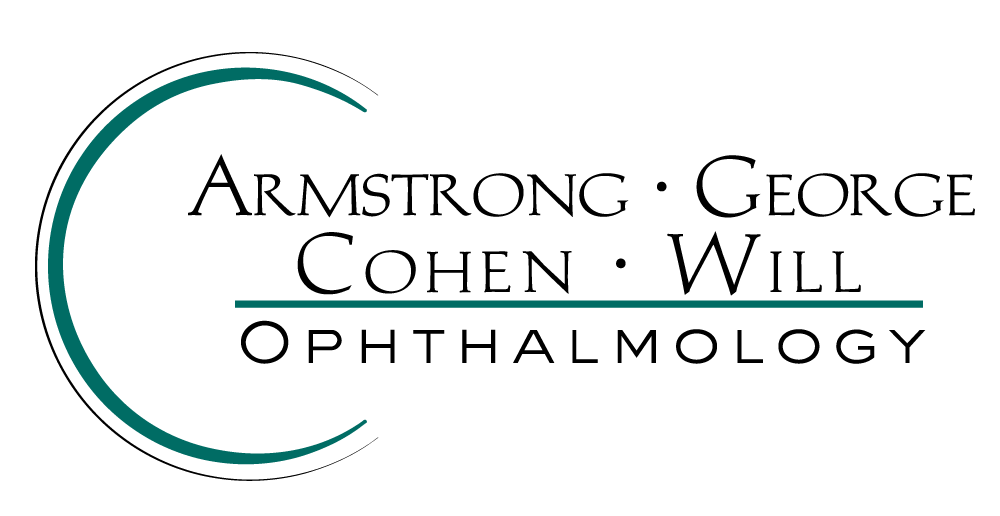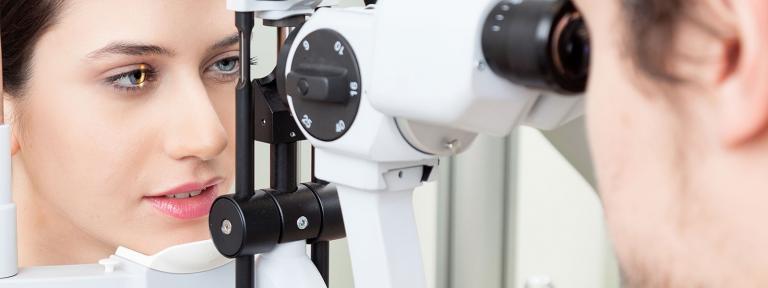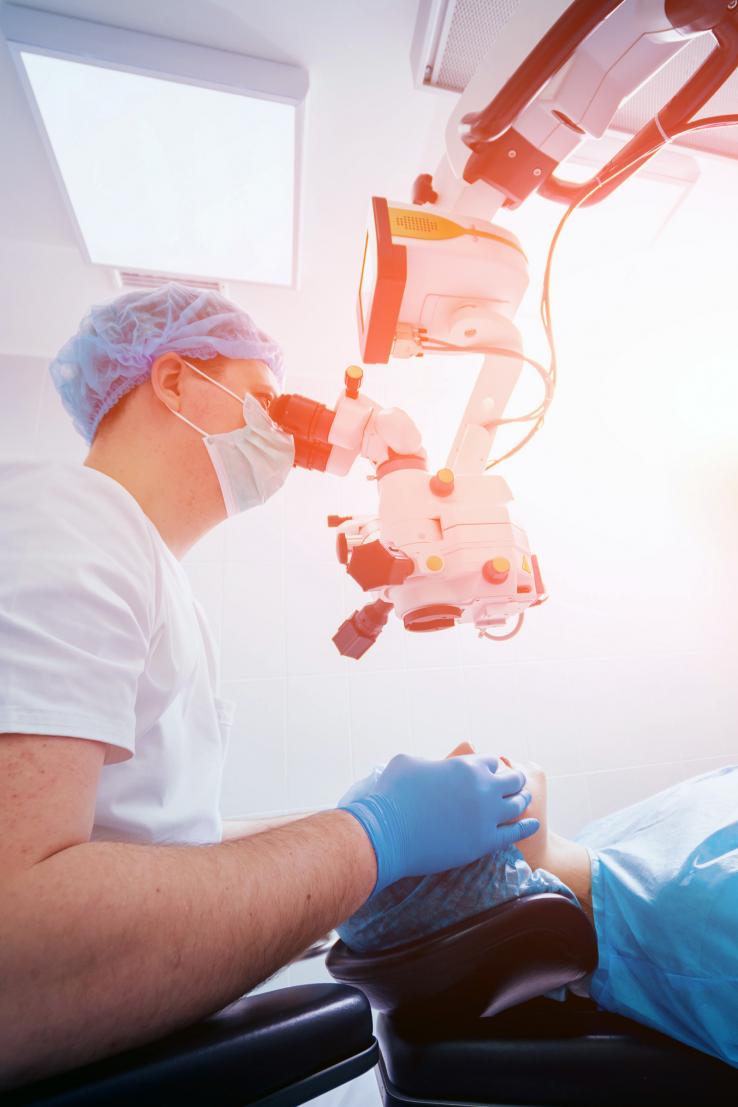How long has LASIK surgery been in existence, and how popular is it?
Close to 18 million people have undergone LASIK vision correction since it was introduced in the 1990s. In that time, surgical techniques and equipment have improved, and the procedure is safer than ever. In fact, Armstrong George Cohen Will Ophthalmology now offers the latest technology: all-laser LASIK. A computer-guided laser assists your surgeon in creating an even, precise corneal flap. No metal blade ever touches your eye.
Is LASIK an outpatient procedure?
Yes, Dr. George performs LASIK as an outpatient procedure at the Wills Eye Surgical Center, Warminster, PA.
What can I expect during LASIK surgery?
Shortly before the procedure, your surgeon will perform a final eye examination, and you will receive a mild sedative. Your eyes are then numbed with a few drops of topical anesthetic. An eyelid holder and suction ring are used to keep the eyelids open and prevent the eye from moving. You may feel some pressure, and your vision temporarily appears dim or goes black.
The surgeon utilizes a laser to create a hinged flap of paper-thin corneal tissue, exposing the areas to be treated. The surgeon lifts the flap and folds it back. A laser preprogrammed to your prescription is then centered above the eye. While you stare at a target light, the cool beam of the laser gently sculpts the exposed cornea, removing microscopic amounts of tissue. The surgeon then replaces the flap and smooths the edges.
The actual procedure usually takes less than 15 minutes for both eyes, with most patients noticing vision improvement immediately afterwards. You will be instructed to go home and rest with your eyes closed for two hours, and reminded not to rub your eyes after the procedure.
What can I expect after LASIK surgery?
A see-through shield protects your eye for the first day and night after surgery. Your eye may burn or feel scratchy for the first few hours, so you are given eye drops to help you heal and alleviate dryness. You will be asked to come to the office for a check-up the next day, and then again at one, three and six months after surgery.
I was once told I was not a candidate for LASIK, should I ask again?
Although not all refractive errors can be corrected by LASIK, the FDA has approved an expansion of the parameters for vision correction. If you have been told in the past that your prescription could not be corrected by LASIK, you should ask again.
How much will LASIK improve my vision?
It is important that anyone considering LASIK have realistic expectations. Most people are corrected to 20/40 vision or better, and many achieve 20/20. In some cases, your surgeon may decide to perform a second surgery, called an enhancement, to refine your results. If an enhancement is needed, Dr. George will perform it at no charge.
Depending on your vision error and age, LASIK may decrease your dependence on glasses or contacts, or allow you to do without them entirely. You should be aware that with or without LASIK, almost everyone with good distance vision will need reading glasses by their 40s or 50s. If you are in that age group, your surgeon may suggest a LASIK procedure utilizing monovision, which corrects one eye for near vision and the other for distance.
What are the common side effects?
The most common side effects of LASIK include dryness, glare, halos around lights at night, scratchiness and fluctuating vision. These symptoms usually fade within a few weeks to a few months. Your surgeon will discuss possible side effects of LASIK with you during your initial evaluation.
How much does LASIK cost?
In comparison to the cost of disposable contact lenses and designer eyeglasses, the price of LASIK compares favorably over time. At Armstrong George Cohen Will, LASIK costs $4,000 for both eyes. Prices include pre-operative measurements and post-operative examinations for up to one year. We often offer limited-time discounts on this price; ask the LASIK Coordinator about it.
We suggest that you check with your insurance company, because an increasing number are starting to offer coverage or discounts for LASIK. If your workplace offers a flexible health spending account, you may consider paying for LASIK from those tax-free dollars. If you are interested in a payment plan, ask for a Care Credit brochure at your evaluation appointment.


